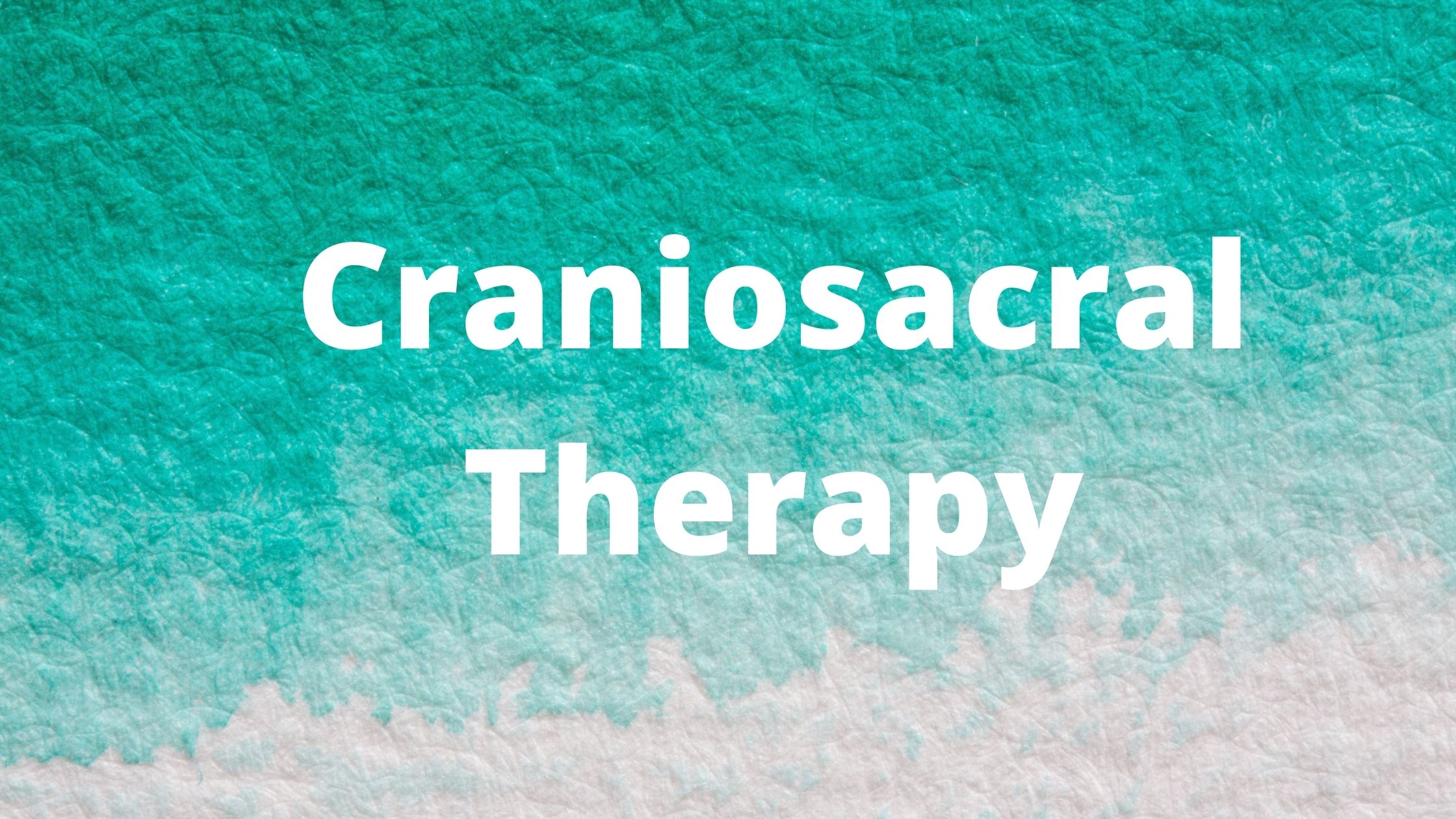Cranio-sacral Therapy– A technique developed by many (Upledger, Milne, Sutherland) that claims to correct cerebral and spinal imbalances or blockages. Their theories claim that treatment is geared toward moving the soft tissue, correcting cerebral and spinal imbalances to improve the functioning of the central nervous system. This system consists of working with the soft tissues, membranes, energy, and cerebral fluids surrounding the cranium, spine, and sacrum. Because of the creation and re-absorption of cerebral fluid there is a dynamic rhythm which radiates through out the body. The rate, amplitude, symmetry, and quality of this rhythm gives distinct information about the health and functioning of the entire body. By monitoring the cranio-sacral rhythm through palpation (subtle touch by the practitioner), the therapist can locate the part of the body which may be holding physical or emotional trauma. Once identified, further application (gentle compression and stretching) stimulates the body to make corrections and readjustments in the form of physical movements or emotional release. Cranio-sacral therapy takes many years of practice and learning to be a qualified practitioner.
Certification in Craniosacral therapy.
The Upledger Institute Offers a Certification in Craniosacral therapy but it is not a TRUE certification. Only a certification agency can create and offer a certification. The Upledger Institute is offering a certification in their method. Learn more about the difference between certification and certificate.
Training in Craniosacral therapy
Milne Institute- Hugh Milne, Scottish osteopath
Upledger Institute– Craniosacral, visceral manipulation
Biodynamic Craniosacral Therapy –BCST lineage can be traced to the work of American osteopath William Garner Sutherland
Research and evidence about Craniosacral therapy
Craniosacral therapy is also very controversial. It is pseudoscience at best. While much has been written about it and many are trained in it, there is no scientific evidence that it works—see www.ebm-first.com
Upledger even admits that cranialsacral therapy cannot be scientifically studied. See his article on archive.org from Massage Today. The Practical Pitfalls of Research.
I have seen both sides, and have come to the conclusion that in health care, it’s the outcome that counts, whether you understand the process or not. I have had people tell me I should not use a treatment protocol until I know how it works. My answer to them is to stop using gravity and electricity, until they understand how they work. ~ John Upleger
See also: Does Craniosacral therapy work by Paul Ingraham on www.painscience.com
Books on craniosacral therapy:
Books by Hugh Mile: Heart of Listening 1 2nd edition Vol 002 (September 1998) North Atlantic Books; ISBN: 1556432801 Heart of Listening 2
Books by John Upledger: Craniosacral Therapy Craniosacral Therapy II: Beyond the Dura
Massage Today Articles
CranioSacral Therapy Alters Brain Functioning: A Clinical Overview By John Upledger, DO, OMM
CranioSacral Therapy and Scientific Research, Part I By John Upledger, DO, OMM
CranioSacral Therapy and Scientific Research, Part II By John Upledger, DO, OMM
CranioSacral Therapy vs. Cranial Osteopathy: Differences Divide By John Upledger, DO, OMM
Craniosacral Therapy and Attention Deficit Disorder By John Upledger, DO, OMM
CranioSacral Dissection Sheds New Light on Effects of Palpation By John Upledger, DO, OMM
Chronic Pain and CranioSacral Therapy, Part 1 By Tad Wanveer, LMT, CST-D; guest author for John Upledger, DO, OMM
Massage and Bodywork Magazine Craniosacral Therapy and Spinal Cord Injury Potentially Great Benefits By S. Laurance Johnston, Ph.D., and Lynn St. Denis, NCMT, OTR
Expanding Little Minds Craniosacral Therapy Helps Youngsters Thrive By Cathy Ulrich
Gentle Persuasion Releasing Developmental Restrictions with Light Touch Craniosacral Therapy By Rebecca Flowers
Synergy of Minds Dolphin-Assisted Craniosacral Therapy By Shirley Vanderbilt
